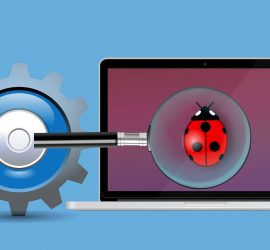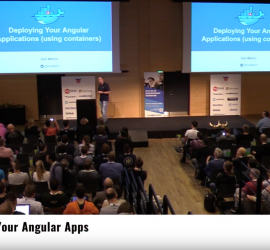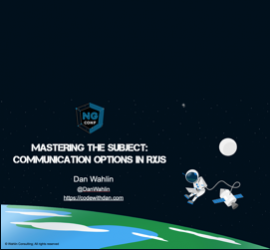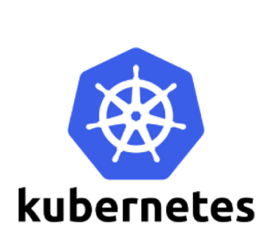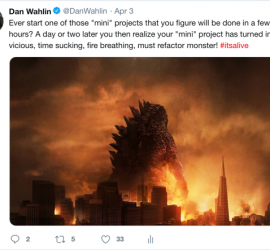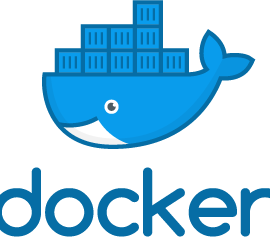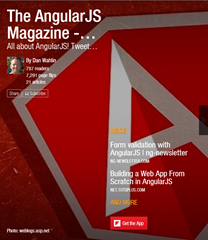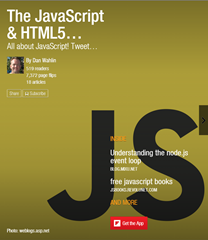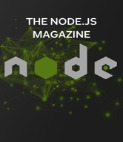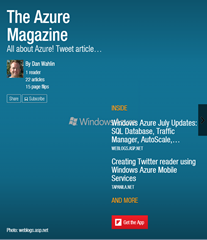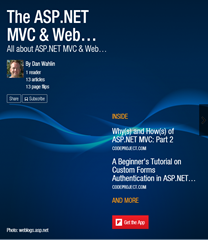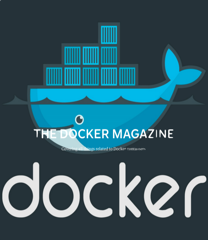RxJS Error: “Types of property ‘source’ are incompatible” and How to Fix It
I’m working on an npm package that requires RxJS as a peerDependency which means that whatever app uses the package must also install RxJS. Since my npm package project needs RxJS to build, I add it as a devDependency which of course adds it into the node_modules folder of the project. To use my npm package locally in sample apps I have I do the following which is a nice trick to avoid having to publish the package to npm (which I don’t want to do when I’m still working on it): Run npm link [package-name] where package-name is name […]


